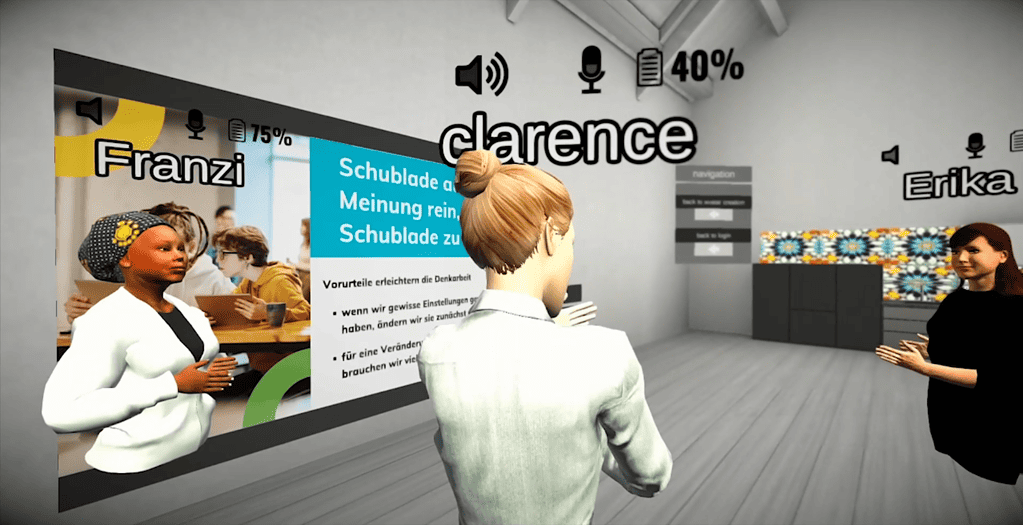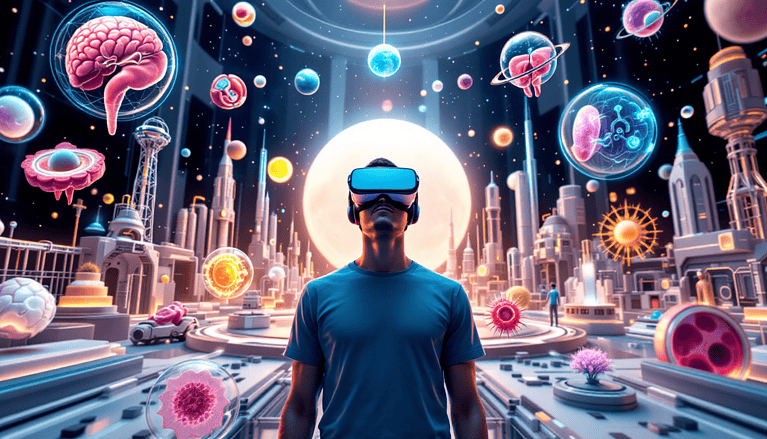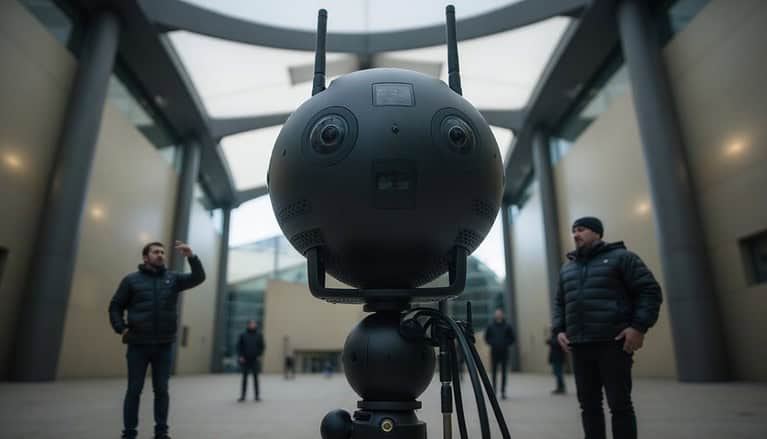The power of VR in fostering empathy
Virtual reality (VR) technology has come a long way since its inception, and its potential to create immersive experiences is now being harnessed in a variety of fields, including education, healthcare, and entertainment. But did you know that VR can also be a powerful tool for fostering empathy? Seeing through someone else's eyes is a crucial aspect of building empathy. VR can provide a unique opportunity to experience different perspectives and walk in someone else's shoes. VR allows users to enter simulated environments that allow them to experience firsthand the challenges faced by people from diverse backgrounds. From living as a refugee to viewing the world through the eyes of someone with a disability, VR has the potential to break down barriers and foster understanding and empathy. In this article, we will explore the power of VR in fostering empathy and its potential to create positive social change.
Introduction to the concept of empathy
Empathy is the ability to understand another person's perspective and to comprehend their feelings and emotions. It is an important part of human interaction and helps us feel part of a larger community. Empathy also allows us to build relationships and improve our interpersonal skills. However, empathy is also a skill that not everyone naturally possesses and that can be specifically trained.
The role of virtual reality in fostering empathy
VR provides a unique opportunity to foster empathy by allowing users to step into another person's shoes and experience their perspective. By simulating real-life situations, users can experience firsthand the challenges and experiences of others and develop a deeper understanding of their perspective. VR can also help break down prejudices and stereotypes by allowing users to empathize with situations they would not normally experience.
Examples of VR experiences that promote understanding
There are already many VR experiences that have been specially developed to promote empathy. One example of this is "Clouds Over Sidra", a VR documentary that introduces the viewer to the life of a 12-year-old Syrian refugee girl living in a refugee camp in Jordan. The experience allows the user to see the world from the girl's perspective and put themselves in her shoes.
Another example is "The Machine to Be Another", a VR experience that allows the user to see the world through the eyes of another person. By using brainwave scanners, users can take on the perspective of another person and share their experiences.
We, too, have been working with the anti-discrimination workshop "AugenblickMal", together with BrückenBauen, created a VR project that allows users to experience different perspectives in several stories based on real events. This sensitizes them to topics such as racism, bullying, xenophobia, etc.. This enables participants to learn to question and overcome prejudices. In addition, what they have experienced can be discussed together afterwards in a social VR room.

Advantages of using virtual reality for empathy training
There are many advantages to using VR for empathy training. One of the biggest benefits is that VR provides a safe and controlled environment where users can experience difficult experiences without actually being at risk. VR also allows users to experience different perspectives that they would not normally see and improve their empathy skills. In addition, VR provides a unique opportunity to practice empathy in the real world and directly apply what is learned.
Challenges and limitations of using virtual reality for empathy training.
Despite the many benefits, there are also some challenges and limitations to using VR for empathy training. One of the biggest challenges is that VR experiences can be expensive and time-consuming to create. In addition, there are concerns about the ethical aspects of using VR, particularly with regard to creating invented or fictional experiences that may not correspond to reality. Therefore, it is a good idea to make the experiences based on real stories and involve affected individuals to be able to develop an application that is as close to reality as possible.
VR and empathy in various sectors - health care, education, and social justice.
VR is already being used in various industries to promote empathy. In healthcare, for example, VR is used to train doctors and nurses to prepare them to care for patients with special needs. In education, VR is being used to provide students with an interactive and immersive learning experience that allows them to experience different perspectives and improve their empathy skills. In social justice, VR is used to bring attention to the challenges and experiences of people who are typically overlooked by society.
The future of virtual reality in empathy training
The future of VR in empathy training is promising. As technology evolves, it becomes easier to create immersive and realistic experiences that allow users to put themselves in the shoes of others. In addition, the increasing prevalence of VR headsets and systems provides greater reach and accessibility for users. Motion and face capture can be used to transfer the movements of real people to 3D characters.
Conclusion
Virtual reality has the potential to change the way we foster empathy and create understanding. By using VR, users can be put in the shoes of others and develop a deeper understanding of their perspective. Although there are some challenges and limitations, there are also many benefits to using VR for empathy training. The future of VR in empathy training is promising, and it is expected to play an important role in creating positive social change.





